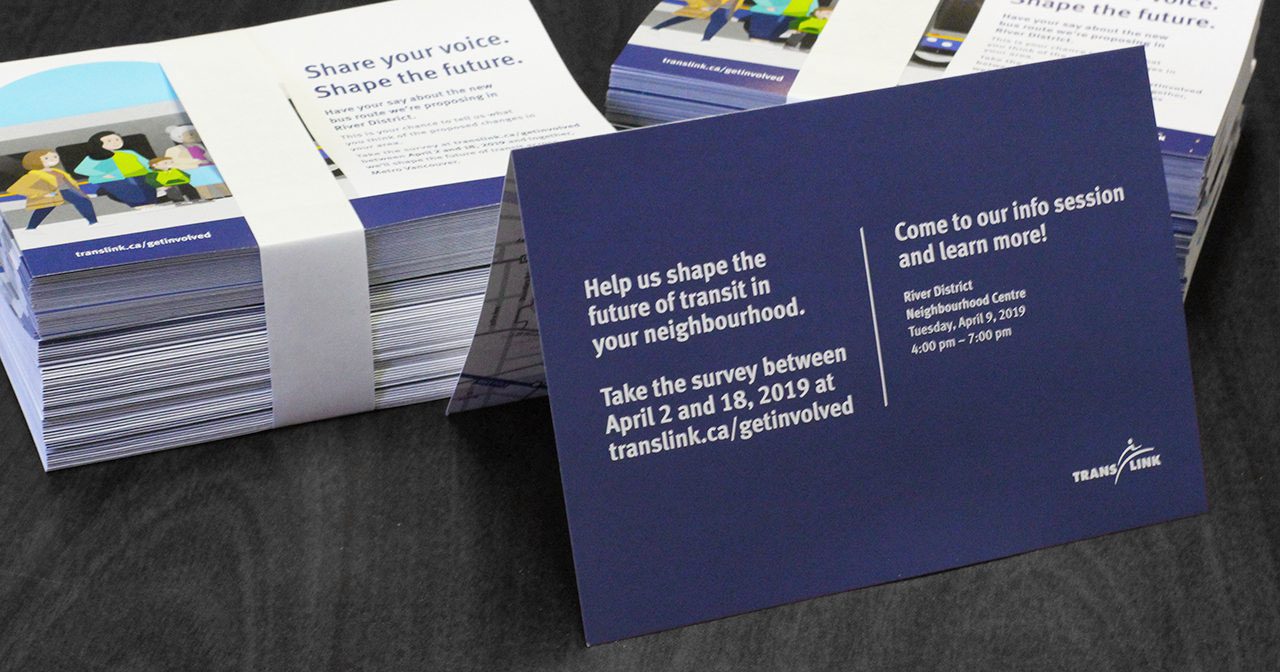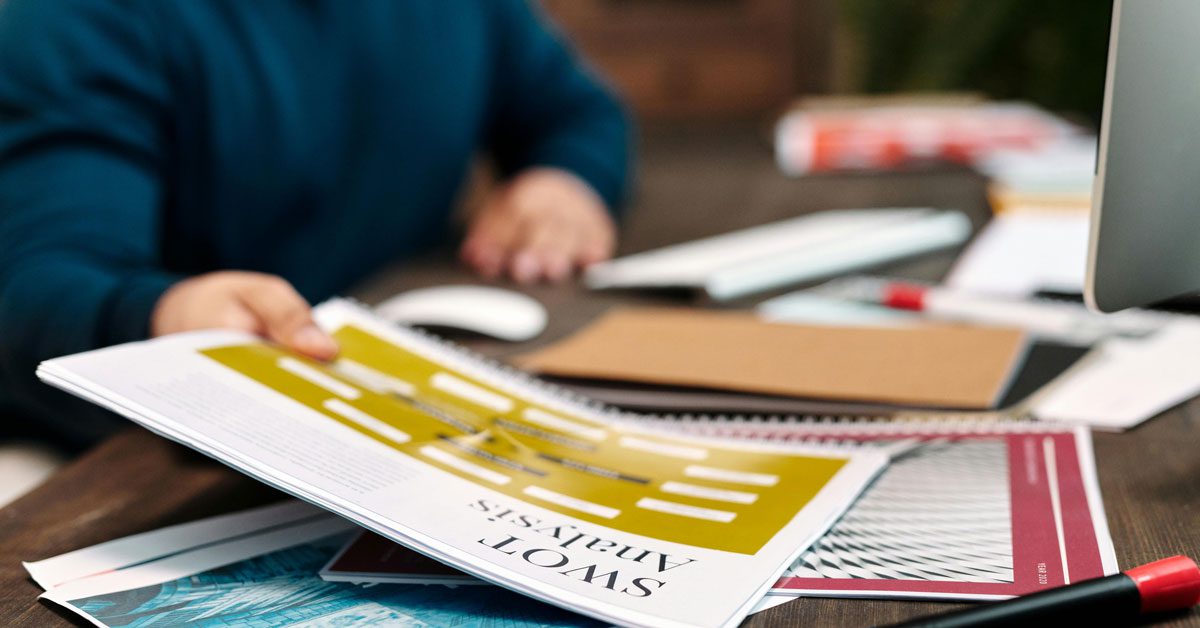 Sustainable printing might sound like an oxymoron. A process that uses paper, ink, and energy is, by its very nature, not environmentally friendly … right?
Sustainable printing might sound like an oxymoron. A process that uses paper, ink, and energy is, by its very nature, not environmentally friendly … right?
False! Sustainable printing is a very real – and very misunderstood – process.
Just like many other businesses (ie. vancouver handyman services), the printing industry is focusing on ways to reduce its impact on the environment. But even though sustainable printing is gaining popularity throughout the world, there are still a lot of misconceptions about it.
Here are the top five myths about sustainable printing:
Myth 1: It’s Expensive
When you mention sustainable printing, the first thing people think is that it’s way too expensive for them to bother with.
They’re printing thousand of brochures, catalogues, or business cards for everyone in the office, and they know that they should “go green”. But their assumption that the cost will be too high deters them from pursuing it.
The fact is that sustainable printing used to be pricier than other options, back when environmentally friendly processes weren’t as common.
But over the years, as sustainable practices have become much more popular, the cost has come down. Sustainable printing prices are now comparable with – and even sometimes cheaper than – the cost of traditional printing methods.
Myth 2: It’s Low-Quality
The second myth is that the papers, inks, and processes used in sustainable printing are low-quality – or at least not as high-quality as traditional printing.
People assume recycled paper looks and feels weird, “green” inks aren’t as vivid, and environmentally friendly printing processes just aren’t up to par. So the overall quality suffers, and you end up with an inferior product that you’re embarrassed to show people.
But the fact is that over the years, sustainable printing supplies and processes have improved dramatically. Products like flyers, reports, and folders that are printed using sustainable materials and practices are virtually indistinguishable from those printed traditionally.
Myth 3: All Paper Is Created Equal
The third myth is that recycled paper is recycled paper. If you’ve seen one piece, you’ve seen ’em all.
The fact is that there are different types of “green” paper made with different levels of pre- and post-consumer waste products.
Post-consumer waste is stuff that’s been used by a consumer, thrown away, and diverted from landfills. Pre-consumer waste is stuff that hasn’t yet been used by anybody, like scraps or trimmings from a factory.
Paper that’s considered recycled could be made from a percentage of just post-consumer waste, a percentage of just pre-consumer waste, or a combination of the two. To make the most of your sustainable printing project, we recommend aiming for a paper made with at least 50% post-consumer waste product.
Then there’s also paper that’s not only recycled, but also comes from sustainable forests, or that’s made without chlorine and other toxic chemicals. These are all things to consider when determining what paper is right for your project.
Be sure to ask about the paper’s content and where it comes from before making a decision. And always ask to see a sample of the paper you’re considering.
Myth 4: Paper Only Comes From Trees
The next myth is that paper can only be made by cutting down and refining timber, making it into pulp, and then forming it into large rolls. Trees equal paper, and paper equals trees.
The great news is that lots of paper-makers are using much more environmentally friendly materials to manufacture their goods. Here are some examples:
Sugar cane
At Royal Printers, we use Sugar Sheet paper, which is made from bagasse, or waste sugar cane fiber. Using it helps us all preserve trees, reduce greenhouse gas, and save water.
Hemp
Hemp grows much more quickly than pine. It also requires less water to grow, and no pesticides, so it’s considered much more environmentally friendly than traditional crops.
Kenaf
Kenaf is a member of the hibiscus family. Because its pulp is naturally whiter than tree pulp, it makes for brighter, whiter pages without the need for bleaching.
It also takes about 20% less energy to produce pulp from kenaf than it does to produce it from wood.
Bamboo
Bamboo grows 10 times faster than regular trees and requires much less water and no pesticides to grow.
It can also produce four to five times the fiber of other tree species.
Cotton
Cotton has a lot going for it. First, the cotton used to make paper is actually the discarded byproduct of the cotton plant, which in itself is environmentally friendly.
It also takes less energy and chemicals to process cotton fiber than it does to process wood. And paper made from cotton is stronger, more durable, and absorbs ink or toner better than paper made from wood.
Myth 5: Even if you use sustainable printing, the delivery method isn’t green
What’s the point of selecting recycled paper and environmentally friendly inks for your print job, if the materials are just going to be delivered in some enormous, gas-guzzling truck? Doesn’t that negate your efforts towards being sustainable?
First of all, let’s be clear – doing something in support of going green is always better than doing nothing, even if you can’t be environmentally friendly every single step of the way.
However, today, more printing companies than ever are leveraging sustainable delivery practices, like using low-emission, hybrid vehicles and sometimes even bicycles to deliver products.
Sustainable printing is worth a shot
You may be thinking that print is dead and that it’s simply not environmentally friendly enough to make it worthwhile, so digital is the way to go.
Sure, going digital is often a great alternative, but there are still times when printing is the best option.
Would you show up to an important meeting without a business card? Or have a booth at a trade show without displaying brochures and signs? Few things are quite as impressive as a beautifully designed and immaculately printed marketing piece.
If you’re looking for a better, more environmentally friendly printing option, give us a call to discuss all of our sustainable printing options. We’re confident we have something that will work for you.
Message From This Post’s Sponsor
This blog post is brought to you by Moody Properties. If you’re looking to find and purchase your dream home or sell your current one at a good price, speak to Monica Harmse or Lucas McCann of Moody Properties. They are the top rated Port Moody Realtors. They will get you in a home, in a community they love.


